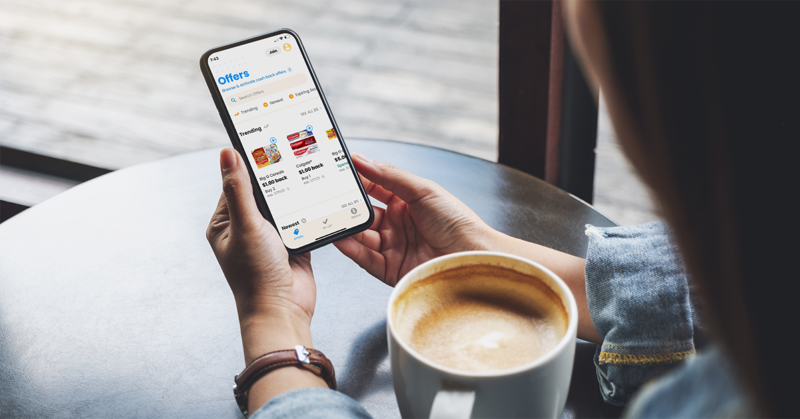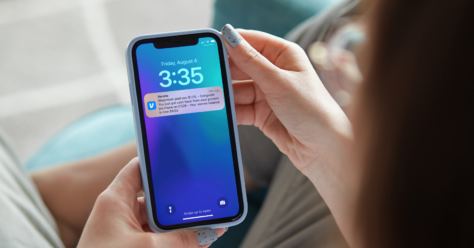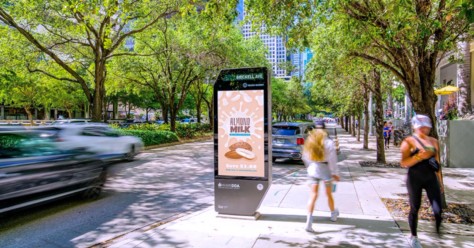Since the late 1800s, coupons have played an important role in retail marketing. They were first introduced by Coca-Cola in 1887 when the company offered customers a hand written ticket for a free glass of the now-famous drink. This tactic was so successful that it helped turn the small beverage company into a nationally known brand.
Since then, promotions have grown in popularity—particularly during times of economic downturn. Coupons took off during the Great Depression as families were looking for ways to save on food and basic necessities. We saw this trend again during the 2008 economic recession with a 27% jump in coupon usage. The current financial climate amid the COVID-19 pandemic has also ushered in a similar trend as consumers look to increase the value for every dollar they spend.
How COVID-19 has Changed Supply and Demand of Products
It makes sense that consumer shopping behavior would naturally move towards frugality during periods of economic downturn. Today, amidst COVID-19, we have seen this shift ushered in by two specific factors.
Firstly, stores had difficulty keeping shelves stocked with certain products. Changes in consumer purchasing habits, supply chain disruptions and difficulty with importing goods contributed to the issue. Manufacturing plants also had a hard time meeting supply demands due to plant closures and production line suspensions.
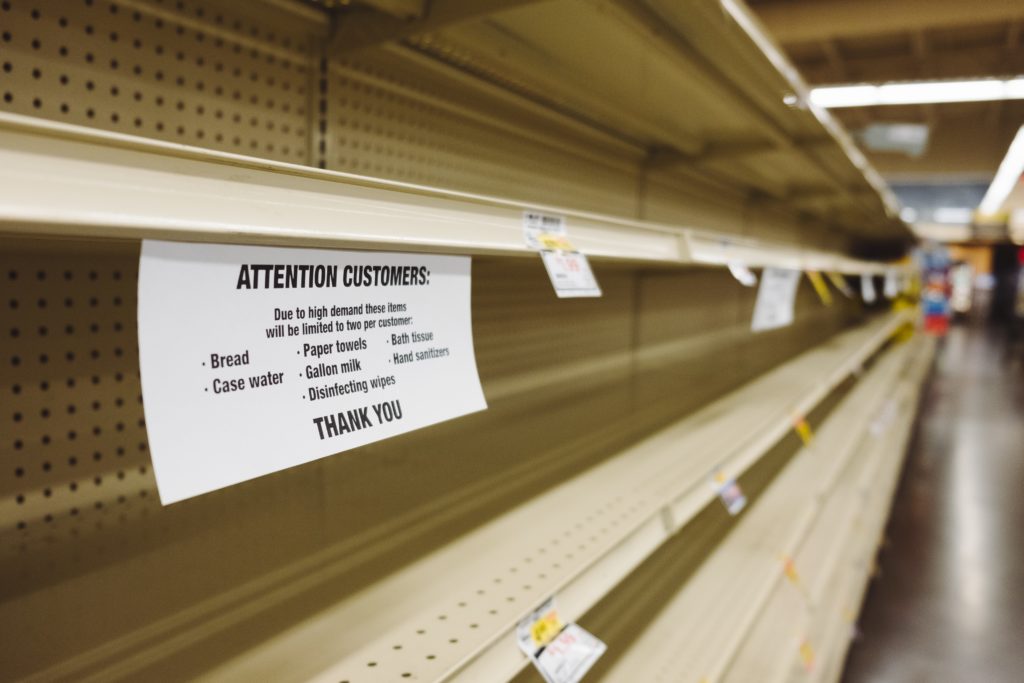
Due to these production challenges and shifting consumer behavior, many retailers had difficulty stocking their shelves with some of the most in-demand products. At the beginning of the pandemic, shoppers were only able to find 40% of the grocery items on their shopping lists. This led to a more flexible shopping approach among consumers, with a whopping 69% of people stating that they purchased different brands if their preferred one was not on the shelf—prioritizing availability over brand loyalty.
A second major factor influencing the change in consumer behavior with the current economic downturn was a more acute need to save money. A record number of people filed for unemployment at the start of the pandemic. As a result, we are seeing more consumers looking for deals. This has led to an increase in value-driven shopping, as opposed to a focus on brand loyalty. More people are purchasing goods based off of a savings deal or promotion in an effort to shop more wisely.
The Role of Coupons for Traditional and Challenger Brands
From the start of the pandemic, out-of-stocks and an increased focus on deals pushed consumers to purchase challenger brands instead of ones they were more familiar with. In fact, 30% to 45% of consumers who tried a new national brand during the pandemic said they would be willing to stick with it when things go back to normal.
So, what does this mean practically?
Now that products are back on the shelves, brands are at a crucial turning point. Traditional brands need to win back the clients they lost during the early days of the pandemic, and challenger brands need to make sure that they retain clients they gained. For both, time is critical; companies must work to stay relevant and maintain customer loyalty.

One way to do this is by providing customer value during the crisis. Advertisers can promote a certain product and encourage consumers to buy it while also delivering value to price-conscious consumers. Digital promotional offers in particular have the potential to be especially beneficial in the current climate as they are accessible to consumers who are hesitant or unable to leave their houses and have subsequently turned to online shopping.
Retailer apps present another opportunity for brands to engage customers. Advertisers have shifted dollars to eCommerce, ensuring an always-on strategy to be in prime locations as more consumers search and shop digitally. The same holds true for winning value.
7 in 10 US consumers report using a retailer’s mobile app or website while shopping to find discounted products.
“Deal-Seekers 2020: Economizing In Ways Old and New,” eMarketer
As consumers plan their in-store or pick-up orders, they are more likely to visit retailers’ coupons pages to find ways to save. EMarketer reports that 7 in 10 US consumers report using a retailer’s mobile app or website while shopping to find discounted products. This is an opportunity for advertisers to win with these consumers seeking value, and to design campaigns to regain lapsed users or maintain new users.
How the Economy Is Influencing Coupon Usage
The increase of budget-conscious shoppers drives coupon consumption during difficult times. However, coupons are more accessible today than ever before. To put it simply, promotions are easier to get, activate and redeem these days with digital couponing as well as integrated apps.
Digital promotions have caused a dramatic change in the industry since the days when coupons were only found in free-standing inserts (FSI) in the newspaper. Coupons are now available on coupon sites, apps and integrated directly into online shopping experiences. In addition, people are increasingly turning to digital coupons during the pandemic instead of using paper ones due, in part, to cleanliness concerns and increased eCommerce usage where paper coupons would just not apply.
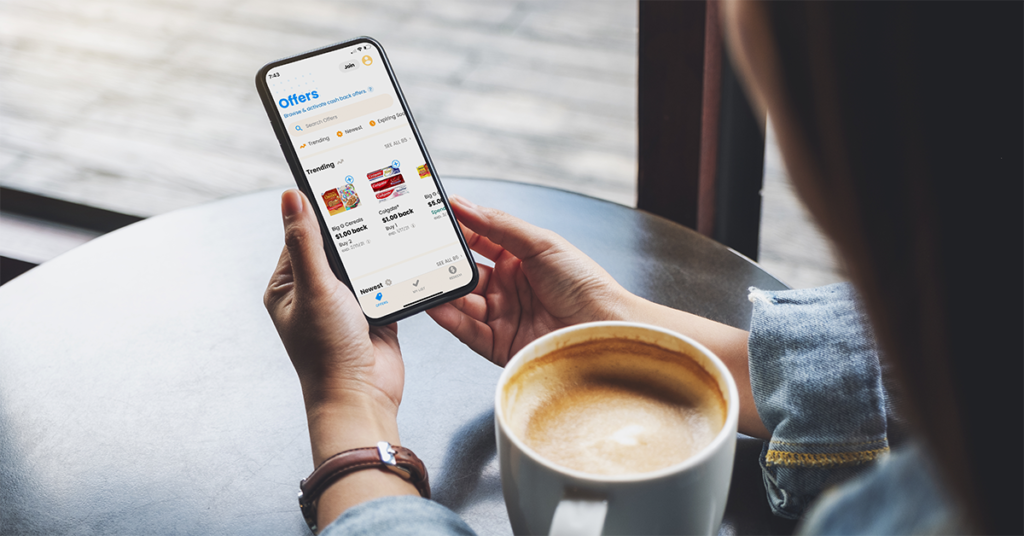
In addition to the pandemic, the general climate of how we get our information is influencing the coupon industry as well. Newspaper circulation is declining, local newspapers are closing and there is a dramatic increase in eCommerce growth in grocery buying for consumer packaged goods (CPGs). Likewise, brands are increasingly promoting their coupons on digital platforms. To put numbers behind this, enrollment in digital couponing programs with leading grocery chains has grown 93%. Digital coupon redemption has also gone up, showing a 56.5% increase this year across all industries.
How to Support Brands in Coupon Placements
With brand loyalty up for grabs during times of crisis, companies should find a way to make sure people stay loyal to their products. Digital promotions are a great way to do this. With digital coupon market strategies, advertisers are able to target their ideal audience in order to reach the right consumers and have a big impact in increasingly digitized shopping cultures. By extending incentives at the right time, companies can win back or maintain customers by offering value and rewarding loyalty.
We believe it is crucial to reach shoppers wherever they engage and offer easy access to coupons. This can be achieved by setting up promotions based on brand needs and can be anything from a social media campaign, display media, digital promotions, integrated promotions or by placing a promotion on a coupon platform such as Coupons.com.
What is crucial, however, is that the decision about where and how to promote coupons for a brand is based on a strategic audience-based plan backed up by consumer behavior data. As the market shifts towards digital coupons and away from the print FSI, the right online coupon marketing strategy could make all the difference. Retailers can capitalize on the current shift to online purchasing by taking advantage of the increased traffic and developing a coupon marketing strategy that focuses on online sales and integrated digital campaigns.

The COVID-19 pandemic has reshaped consumer behavior and shopping culture as a whole. With the changing marketplace, brands need to ensure they are delivering promotions efficiently and effectively—leveraging historical purchase data to deliver the highest-performing promotions to drive volume as more shoppers seek value and targeting specific audiences to either win back lost consumers or maintain new ones.
Quotient can help advertisers design, execute and optimize promotion strategies that deliver important savings to consumers while efficiently driving business objectives. Contact us at communications@quotient.com to learn how.
